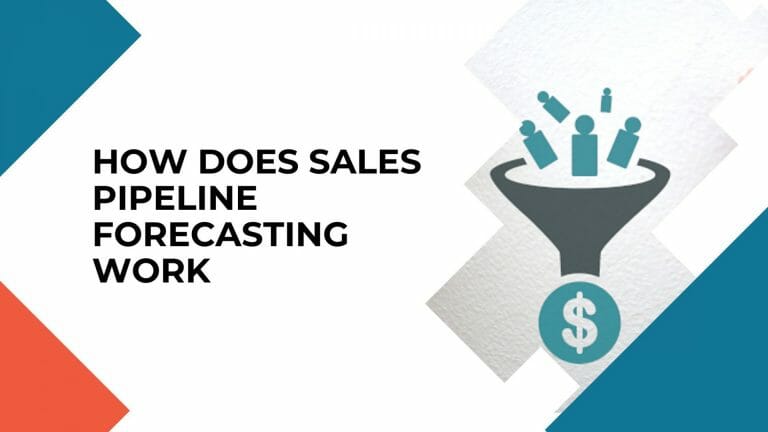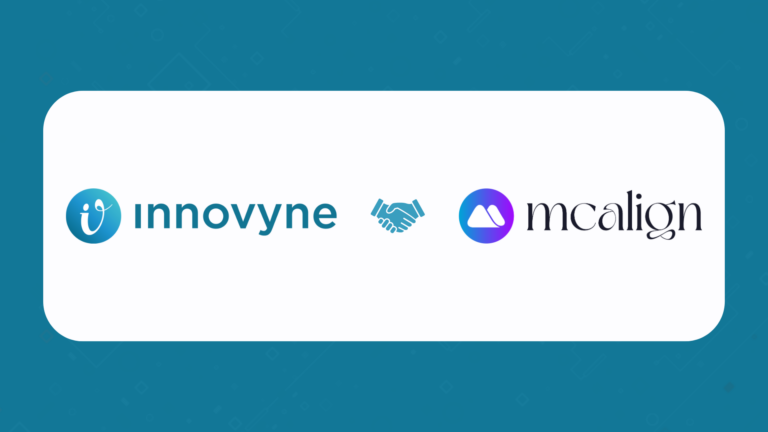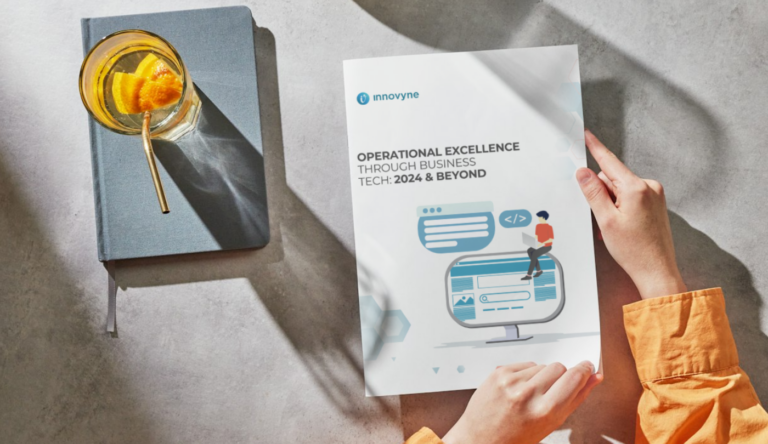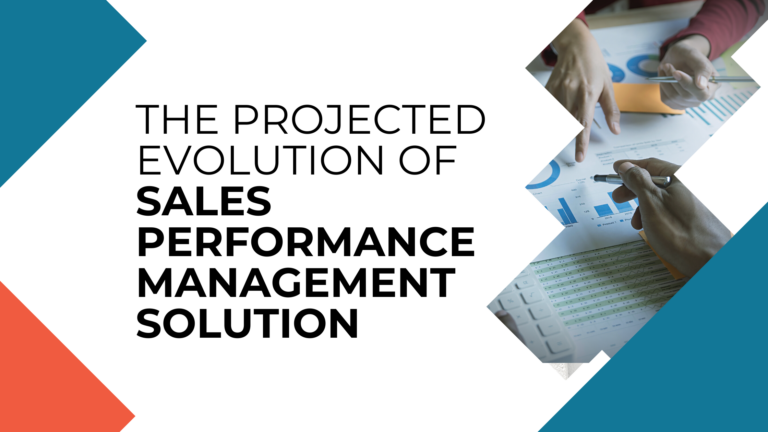Streamlining the sales process is one of the most effective ways to set your business up for success. In light of this, it’s crucial to find ways to improve the entire sales process by putting in place systems to accurately measure past, current, and future sales. Consequently, by doing this, you’ll have sufficient data that will enable you to make better-informed decisions on the places you’re doing well and those that need improvement.
Sales pipeline forecasting is essential in the entire sales process. This article will delve into what it is, guide you through the entire process, and highlight some benefits. Read on to understand more.
What is Sales Pipeline Forecasting?
When you speak about sales pipeline forecasting, most people confuse it with sales forecasting, which is a different matter altogether.
By definition, sales pipeline forecasting is the process of using data to predict sales and buyer personas. All of this information comes from your pipeline. This includes deals that are still being worked on and potential customers.
It’s crucial to note that there are several levels of pipeline forecasting and they are dependent on individual needs. The more thorough the pipeline forecasting, the more accurate the forecast and vice versa. Moreover, for more accurate results, you can opt to mix and match different pipeline forecasting methods. For example, you can choose to use basic forecasting alongside intelligent sales velocity modeling.
How to Forecast the Sales Pipeline
Now that we’ve understood what pipeline forecasting is, the next stage involves delving into the how. There isn’t a better time to begin than now.
1. Monitor Your Pipeline
The first and arguably the most crucial step is capturing your pipeline, which can be done using several methods. Some people opt to use a CRM and spreadsheets to help get the job done.
Next, you need to make it simple by defining the different cycles of your sales cycle, which makes it easy to input data into the CRM.
2. Take into account Bookings and Revenue
Bookings are deals that are underway that you intend to close. On the other hand, accounting revenue is how the deals that are underway are translated into income. It’s important to remember that a CRM doesn’t track accounting revenue, so you may need to use other tools to do so.
3. Determine the stage probability weightings
Having accurate estimations ensures you have the correct ranges. You can derive this information from data from the past months or through historical data. Next, you need to analyze all the stages to establish which ones need improvement. When done well, probability weightings will help you to avoid being too optimistic or pessimistic.
4. Finish the First Pipeline Forecast
It should be straightforward to do your first pipeline forecast after having bookings and accounting revenue in the right format.
5. Improve the Forecast
In most cases, a pipeline forecast focuses on deals that are currently underway, meaning the process will be completed within a few months. You can improve the process by considering other factors, including future potential customers.
Some of the factors you need to consider during this stage include how fast your team closes deals, the number of deals, and so on.
6. Repeat the process
To get the most accurate information, it would be best to repeat the entire process after a few months. You’ll then have the crucial data you need to make decisions. While the process may seem tedious at first, it yields good results when done properly. It’s crucial to do research before choosing the tools to use because they can mean the success or failure of the entire process.
Sales Forecasting vs Pipeline Management
Most people have a difficult time distinguishing between the two. The major distinguishing difference is what each achieves. Pipeline management is aimed at changing the current business processes to close more deals.
On the other hand, sales forecasting is futuristic and is all about predicting what the future holds to ensure you’re better prepared.
What are the Benefits of Sales Pipeline Forecasting?
One of the main benefits of sales pipeline forecasting is that it provides accurate data, which helps in fast decision-making. Other benefits include:
1. It helps in setting realistic goals
A pipeline forecast helps you identify what you can expect in the future, which helps in setting achievable goals.
2. Promotes Accountability
It helps in painting a picture of whatever is happening at each stage of the sales process, making it easier to establish the areas that are doing well and the ones that need improvement. It also enables you to add controls to streamline all the processes.
3. Avails Information
Pipeline forecasting provides crucial data on your past performance, which you can then use to compare with present data. It also helps you learn about your buyer persona, which makes you better prepared for anything that might happen in the future.
4. Investors
By having up-to-date and accurate information on where your business currently stands and where you expect it to go in the future, you’re at the advantage of convincing investors to take a chance on your business.
5. Helps in Predicting Cash Flows
It helps businesses identify how much cash flows are coming in. Decision-makers can then use this information to look for funding and prepare budget estimates.
6. Improves Inventory Management
Pipeline forecasting helps identify future needs against the available resources, which helps eliminate waste and stockouts.
Pipeline Forecasting: Common Challenges and Solutions
Regardless of how efficient your pipeline forecasting is, it’s not uncommon to encounter common challenges. We are going to highlight a few and propose some possible solutions.
One of the biggest resources in pipeline forecasting is data, which also tends to be the biggest challenge. You see, when dealing with customer data, it’s crucial to ensure its integrity. It’s therefore important to think about data security before embarking on pipeline forecasting.
The second challenge lies in the workload. The entire process of pipeline forecasting involves a lot of moving parts, which can prove a daunting task to manage all of them at once. Thus, there’s a need to invest in the right software and hardware.
Sales Pipeline Forecasting Methodologies
The methodology you use for pipeline forecasting is heavily influenced by your company’s needs. Some of the common methods applied include:
Using historical sales data: If you’re not new in business, it’s most likely you have past sales data, which can help you estimate future sales.
Current sales pipeline: Leverages data, such as how many deals are currently underway and which ones are most likely to go through successfully.
Lead values: Involves using data from each lead and using that information to forecast based on the reliability of the lead.
Based on opportunity stage: Forecasting leads based on where they are in the sales process. To use this method, however, the stages need to be defined in detail.
Based on cycle length: This method of forecasting leverages the entire time it takes to convince a prospect to buy what you’re selling.
Conclusion
A sales pipeline is crucial in any organization because it yields accurate information to be used by decision-makers. If you’ve not started forecasting, this is the right time.
If you’re still not sure how to go about it after reading this article, you should consider having a reliable partner on board. With InnoVyne solutions, you may gain a greater understanding of the data in your pipeline. We help you in turning that data into actionable insights.



